-
 Bitcoin
Bitcoin $96,604.0476
-1.45% -
 Ethereum
Ethereum $2,752.0205
0.52% -
 XRP
XRP $2.5833
-0.87% -
 Tether USDt
Tether USDt $1.0000
-0.06% -
 BNB
BNB $657.7850
0.32% -
 Solana
Solana $173.4050
0.38% -
 USDC
USDC $1.0000
0.02% -
 Dogecoin
Dogecoin $0.2449
-3.00% -
 Cardano
Cardano $0.7719
-2.90% -
 TRON
TRON $0.2357
-3.45% -
 Chainlink
Chainlink $17.6899
-3.88% -
 Avalanche
Avalanche $25.5840
0.64% -
 Sui
Sui $3.4127
0.21% -
 Stellar
Stellar $0.3324
-0.86% -
 Litecoin
Litecoin $128.0813
-3.56% -
 Toncoin
Toncoin $3.6632
1.63% -
 Shiba Inu
Shiba Inu $0.0...01546
-0.49% -
 Hedera
Hedera $0.2148
-1.82% -
 UNUS SED LEO
UNUS SED LEO $9.7239
0.27% -
 Hyperliquid
Hyperliquid $24.7014
0.92% -
 Polkadot
Polkadot $5.0399
-2.52% -
 MANTRA
MANTRA $7.5462
0.22% -
 Bitcoin Cash
Bitcoin Cash $320.3260
-1.23% -
 Bitget Token
Bitget Token $4.9112
2.81% -
 Ethena USDe
Ethena USDe $0.9995
0.07% -
 Dai
Dai $1.0002
0.01% -
 Uniswap
Uniswap $8.9178
-2.78% -
 Monero
Monero $235.3515
0.22% -
 NEAR Protocol
NEAR Protocol $3.4964
-0.41% -
 Pepe
Pepe $0.0...09610
-0.19%
What is Solana's mining mechanism?
Solana's innovative Proof-of-History (PoH) mechanism, combined with the Turbine block propagation protocol and a stake-weighted voting system, enables efficient and scalable transaction processing, offering high throughput, low latency, and reduced costs.
Feb 18, 2025 at 11:49 pm

Key Points
- Solana's Differentiated Proof-of-History (PoH) Mechanism
- The Role of Validators and the Stake-Weighted Voting System
- The Turbine Block Propagation Protocol for Efficient Block Dissemination
- Delegating Stake to Validators for Passive Rewards
- Architectural Advantages and Scalability Considerations
- Comparing Solana's Mining Mechanism with Proof-of-Work and Proof-of-Stake
Solana's Mining Mechanism: A Comprehensive Analysis
Introduction
Solana's innovative blockchain platform has garnered significant attention for its remarkable scalability, low transaction fees, and high throughput. Unlike traditional cryptocurrencies that rely on energy-intensive proof-of-work (PoW) or validator-based proof-of-stake (PoS) mechanisms, Solana employs a unique approach called Proof-of-History (PoH). This article delves into the intricacies of Solana's mining mechanism, addressing its key components, advantages, and limitations.
1. Proof-of-History (PoH): A Novel Consensus Algorithm
PoH is a time-stamping mechanism that allows nodes on the network to establish an immutable and sequential ordering of events. Each node maintains a local clock and generates a sequence of hashes, known as a Verified Delay Function (VDF). By referencing a previous hash in each subsequent calculation, the VDF creates a verifiable timeline of events. This timestamped chain of hashes serves as a proof of the order in which transactions occurred.
2. Turbine Block Propagation Protocol
Solana utilizes a specialized block propagation protocol called Turbine to efficiently disseminate blocks across the network. Unlike traditional blockchain designs, where blocks are broadcast to all nodes, Turbine selectively transmits blocks to a subset of nodes based on their network proximity and bandwidth. This targeted distribution ensures rapid block propagation and minimizes network overhead.
3. Stake-Weighted Voting System
Solana's consensus mechanism is underpinned by a stake-weighted voting system. Validators, who are nodes responsible for validating transactions, are selected based on the amount of SOL tokens they stake. The more SOL a validator stakes, the higher its voting power. This mechanism encourages validators to maintain high uptime and participate actively in the consensus process.
4. Delegating Stake for Passive Rewards
Stakeholders who do not wish to run their own validator can delegate their SOL tokens to existing validators. By doing so, they earn a portion of the rewards generated by the delegated validator, proportional to their staked amount. This feature lowers the barrier to participation and provides passive rewards to SOL holders.
5. Architectural Advantages and Scalability
Solana's unique combination of PoH, Turbine, and the stake-weighted voting system offers several architectural advantages that contribute to its scalability:
- High Throughput: PoH allows for parallel transaction processing, enabling high throughput without compromising security.
- Low Latency: Turbine's selective block propagation reduces network congestion, resulting in low transaction latencies.
- Cost-Effectiveness: Delegating stake to validators lowers the hardware and operational costs associated with running a node.
6. Comparing Solana's Mining Mechanism with Proof-of-Work and Proof-of-Stake
Solana's PoH mechanism distinguishes it from PoW and PoS consensus models:
- PoW: PoW requires miners to solve complex mathematical puzzles to validate blocks, leading to high energy consumption and hardware costs.
- PoS: PoS relies on validators with large stakes to verify transactions, which can lead to centralization concerns and potential manipulation.
- PoH: PoH's deterministic time-stamping mechanism eliminates the need for computationally intensive mining or validator selection, resulting in increased efficiency and scalability.
FAQs
Q: Is Solana's PoH mechanism secure?
A: Yes, PoH is considered secure due to its deterministic nature and the verifiable delay generated by the VDF. Manipulating the historical ordering of events would require an attacker to control a significant majority of the network, which is computationally infeasible.
Q: How can I participate in Solana's staking mechanism?
A: You can either run your own validator and stake your SOL tokens directly or delegate your stake to an existing validator using a platform like SolStake or Marinade Finance.
Q: What is the minimum amount of SOL required to stake?
A: There is no minimum stake amount, but the amount you stake directly affects your voting power and rewards earned.
Disclaimer:info@kdj.com
The information provided is not trading advice. kdj.com does not assume any responsibility for any investments made based on the information provided in this article. Cryptocurrencies are highly volatile and it is highly recommended that you invest with caution after thorough research!
If you believe that the content used on this website infringes your copyright, please contact us immediately (info@kdj.com) and we will delete it promptly.
- DTX Exchange: The Next Big Crypto Play That's Flying Under the Radar
- 2025-02-22 23:15:25
- SOL May Dip Lower Before Having an Explosive Rally, ETH Rival Solana (SOL) Analyst Says
- 2025-02-22 23:15:25
- Is Yeti Ouro Poised to Surpass XRP in the Crypto Market? Here's What You Need to Know!
- 2025-02-22 23:15:25
- DTX Exchange: The Potential Best Utility Coin of 2025
- 2025-02-22 23:15:25
- DTX Exchange (DTX) Attracts Ethereum (ETH) and Cardano (ADA) Holders With Unmatched Potential for Rapid Gains
- 2025-02-22 23:15:25
- Dogecoin Price Stagnation And Emerging Alternatives
- 2025-02-22 23:05:25
Related knowledge
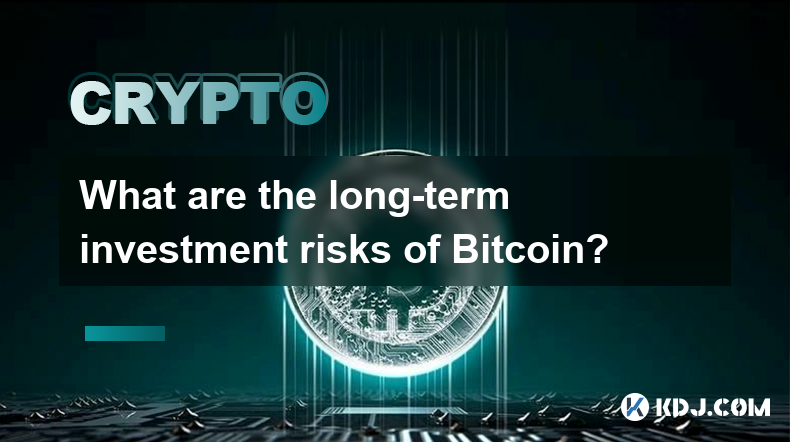
What are the long-term investment risks of Bitcoin?
Feb 22,2025 at 05:30pm
Key PointsVolatility and price fluctuationsRegulatory uncertaintySecurity risksCompetition from altcoinsMarket manipulation and scamsTransaction feesEnvironmental concernsLong-Term Investment Risks of BitcoinVolatility and Price FluctuationsBitcoin's high volatility is a double-edged sword. While it has the potential to generate substantial returns, it ...
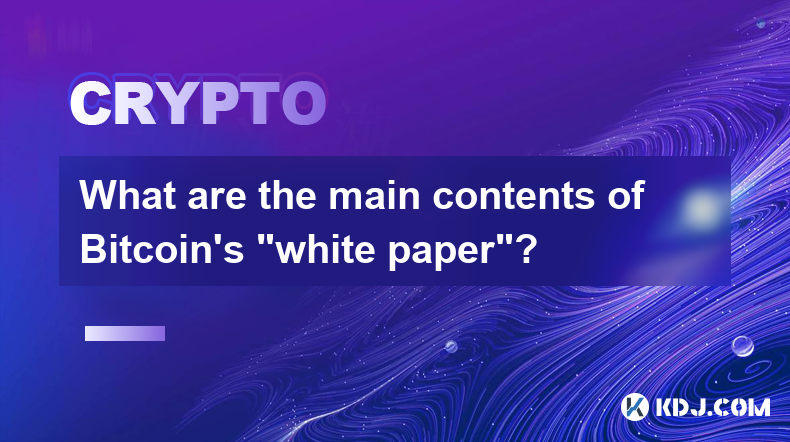
What are the main contents of Bitcoin's "white paper"?
Feb 21,2025 at 04:36am
Key Points:Understanding Bitcoin's Genesis: The White Paper's IntroductionA Decentralized Digital Currency: Bitcoin's Core ConceptBlockchain Technology: The Foundation of Bitcoin's Immutable LedgerProof-of-Work: Securing Bitcoin's NetworkThe Design of Bitcoin's Currency: Issuance, Scarcity, and DivisibilityBitcoin's Potential Applications and Future Pro...
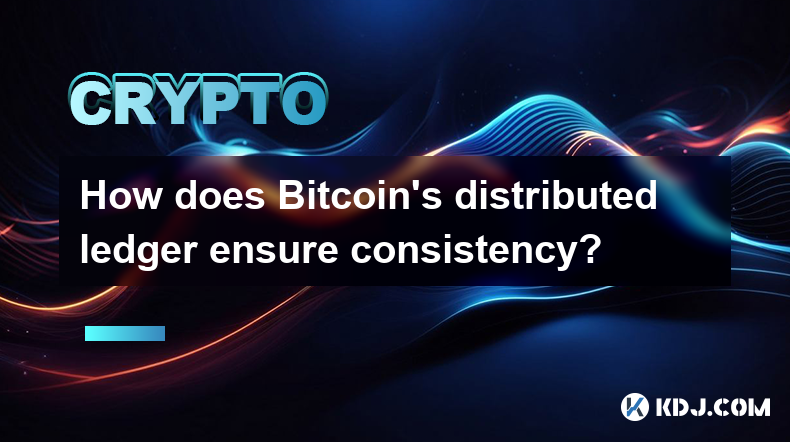
How does Bitcoin's distributed ledger ensure consistency?
Feb 22,2025 at 10:06pm
Key Points:Bitcoin employs a distributed ledger, also known as a blockchain, to maintain a tamper-proof and consistent record of transactions.The blockchain is a decentralized network of computers that collectively validate and store transaction data.Bitcoin's distributed ledger ensures consistency through consensus mechanisms and cryptographic algorith...
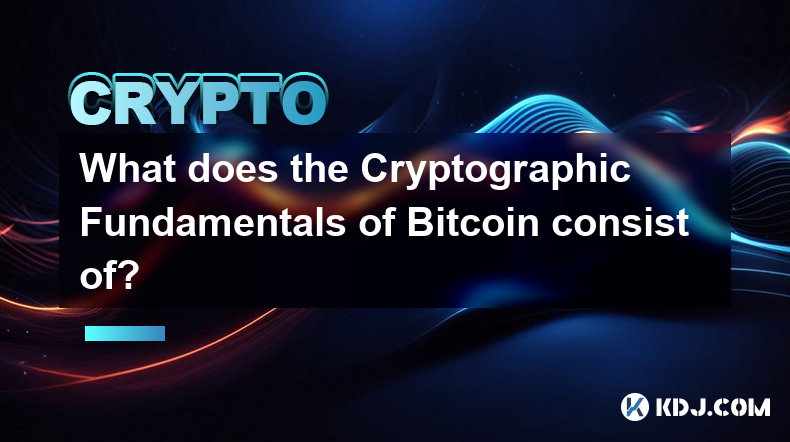
What does the Cryptographic Fundamentals of Bitcoin consist of?
Feb 21,2025 at 12:06pm
Key PointsUnderstanding the cryptographic algorithms used in BitcoinFamiliarization with the Bitcoin blockchain and its underlying mechanicsExamination of the security measures that protect Bitcoin from attackAnalysis of the decentralized nature of Bitcoin and its implicationsDiscussion of the scalability and transaction fee issues associated with Bitco...
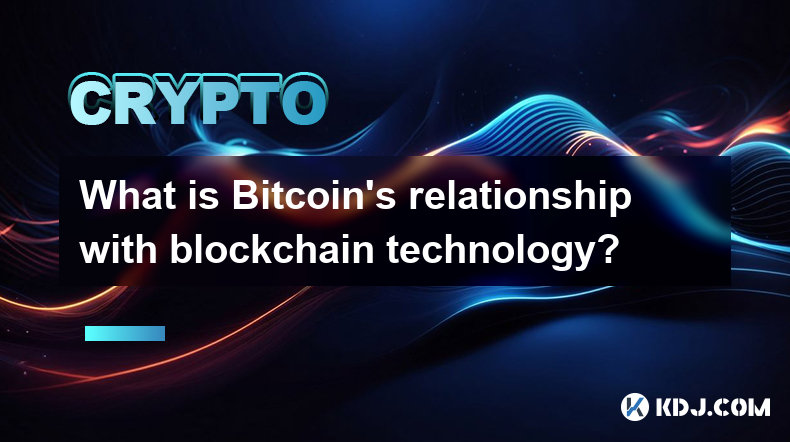
What is Bitcoin's relationship with blockchain technology?
Feb 22,2025 at 07:00pm
Bitcoin's Intertwined Relationship with Blockchain TechnologyKey Points:Definition of blockchain technology and its decentralized natureBitcoin's utilization of blockchain for secure and immutable transactionsThe role of blockchain in verifying and confirming transactionsEvolution of blockchain technology beyond Bitcoin's cryptocurrency applicationsUnde...

How do Bitcoin mining pools work?
Feb 21,2025 at 09:07pm
Key Points of Bitcoin Mining Pools:Understanding Bitcoin Mining PoolsSteps to Join a Bitcoin Mining PoolChoosing the Right Mining PoolBenefits and Considerations of Mining PoolsHow do Bitcoin mining pools work?Understanding Bitcoin Mining PoolsBitcoin mining pools are distributed networks of mining participants who combine their computing power to solve...

What are the long-term investment risks of Bitcoin?
Feb 22,2025 at 05:30pm
Key PointsVolatility and price fluctuationsRegulatory uncertaintySecurity risksCompetition from altcoinsMarket manipulation and scamsTransaction feesEnvironmental concernsLong-Term Investment Risks of BitcoinVolatility and Price FluctuationsBitcoin's high volatility is a double-edged sword. While it has the potential to generate substantial returns, it ...

What are the main contents of Bitcoin's "white paper"?
Feb 21,2025 at 04:36am
Key Points:Understanding Bitcoin's Genesis: The White Paper's IntroductionA Decentralized Digital Currency: Bitcoin's Core ConceptBlockchain Technology: The Foundation of Bitcoin's Immutable LedgerProof-of-Work: Securing Bitcoin's NetworkThe Design of Bitcoin's Currency: Issuance, Scarcity, and DivisibilityBitcoin's Potential Applications and Future Pro...

How does Bitcoin's distributed ledger ensure consistency?
Feb 22,2025 at 10:06pm
Key Points:Bitcoin employs a distributed ledger, also known as a blockchain, to maintain a tamper-proof and consistent record of transactions.The blockchain is a decentralized network of computers that collectively validate and store transaction data.Bitcoin's distributed ledger ensures consistency through consensus mechanisms and cryptographic algorith...

What does the Cryptographic Fundamentals of Bitcoin consist of?
Feb 21,2025 at 12:06pm
Key PointsUnderstanding the cryptographic algorithms used in BitcoinFamiliarization with the Bitcoin blockchain and its underlying mechanicsExamination of the security measures that protect Bitcoin from attackAnalysis of the decentralized nature of Bitcoin and its implicationsDiscussion of the scalability and transaction fee issues associated with Bitco...

What is Bitcoin's relationship with blockchain technology?
Feb 22,2025 at 07:00pm
Bitcoin's Intertwined Relationship with Blockchain TechnologyKey Points:Definition of blockchain technology and its decentralized natureBitcoin's utilization of blockchain for secure and immutable transactionsThe role of blockchain in verifying and confirming transactionsEvolution of blockchain technology beyond Bitcoin's cryptocurrency applicationsUnde...

How do Bitcoin mining pools work?
Feb 21,2025 at 09:07pm
Key Points of Bitcoin Mining Pools:Understanding Bitcoin Mining PoolsSteps to Join a Bitcoin Mining PoolChoosing the Right Mining PoolBenefits and Considerations of Mining PoolsHow do Bitcoin mining pools work?Understanding Bitcoin Mining PoolsBitcoin mining pools are distributed networks of mining participants who combine their computing power to solve...
See all articles

















![BONK The Meme Coin MORE THAN ORDINARY [DOG] on Solana BONK The Meme Coin MORE THAN ORDINARY [DOG] on Solana](/uploads/2025/02/22/cryptocurrencies-news/videos/bonk-meme-coin-ordinary-dog-solana/image-1.jpg)


































































